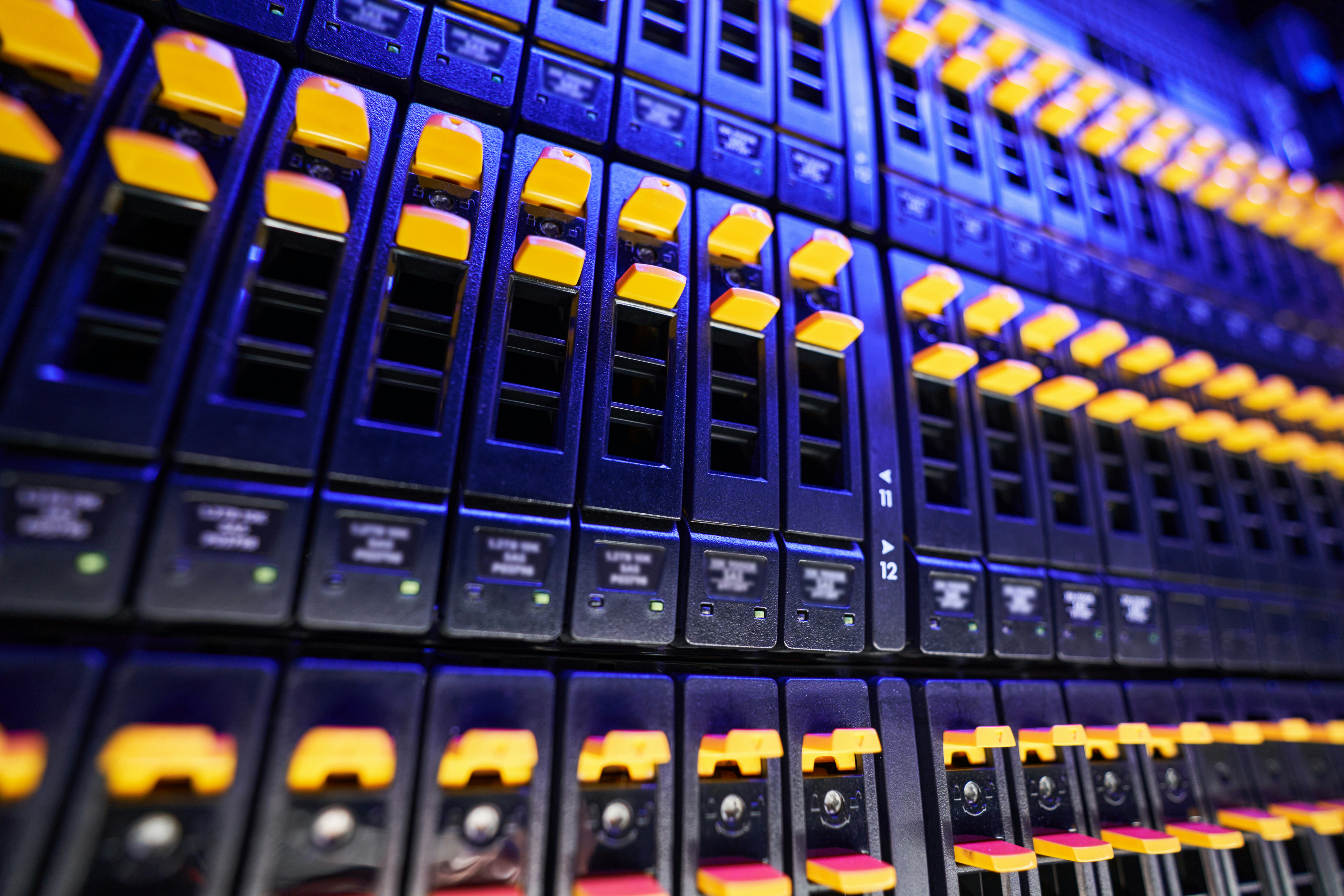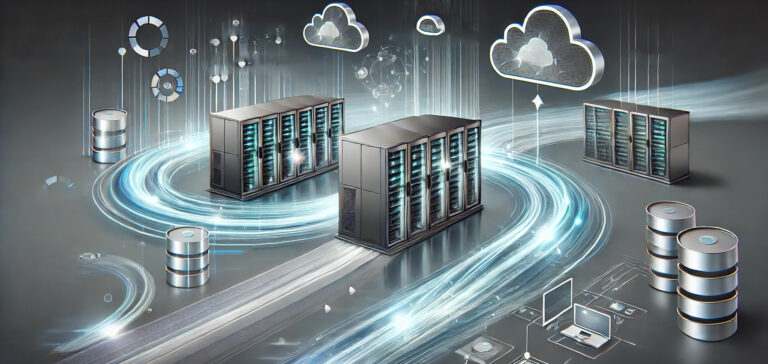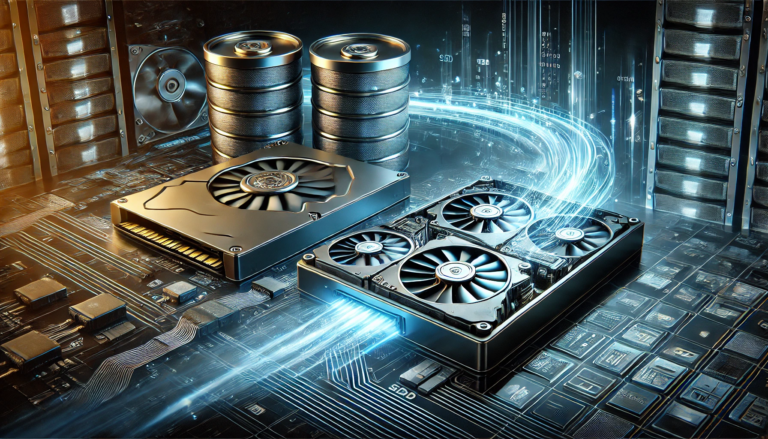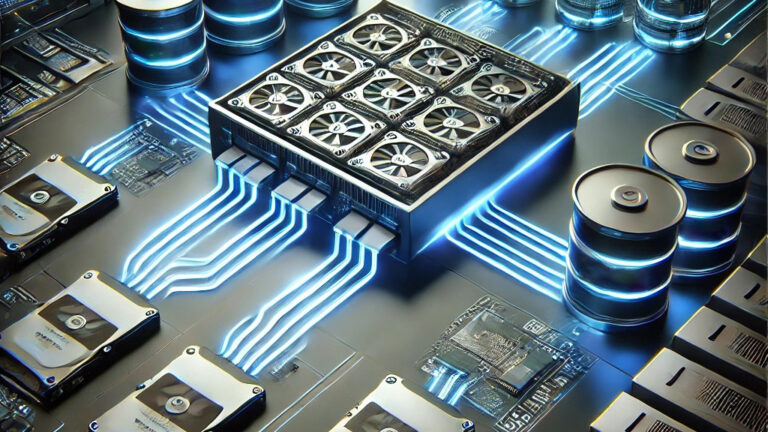As we inch closer to 2025, storage technology has advanced tremendously, with significant improvements in drive performance and capacity. Over the past decade, drives have seen performance leap from 100 IOPS (input/output operations per second) per drive to an impressive 1 million IOPS per drive, and capacity has surged from 300 gigabytes to 30 terabytes. Yet, despite these innovations, the cost of data storage remains high.
Why?
Surprisingly, the issue lies not in the hardware but in the software that manages it. While drives have evolved, the storage software used by many vendors hasn’t kept pace, leading to low utilization of drive performance and capacity. This inefficiency forces businesses to buy far more drives than they actually need, inflating costs.
Let’s dive into the reasons behind this and explore why customers are overpaying for storage due to outdated software solutions.
The Disconnect Between Drive Innovation and Storage Software
- Underutilization of Drive Performance
Today’s modern drives are capable of 1 million IOPS per drive, but many storage software solutions can only utilize 25% of this performance. This underutilization means that instead of achieving the full potential of a single drive, customers are forced to buy multiple drives to meet their performance needs. For example, instead of getting hundreds of thousands of IOPS from a few drives, companies end up purchasing entire shelves of drives just to compensate for the limitations of their software.
- Outcome: This inefficient approach leads to significantly higher hardware costs, as businesses scale their hardware to achieve the performance they could have gotten from fewer, fully utilized drives.
- Wasted Storage Capacity
Drive density has improved dramatically, with modern drives offering up to 30 terabytes of storage. However, most storage vendors recommend using only 50-60% of a drive’s total capacity, which means a huge amount of storage goes unused. The larger the system, the more this wasted capacity adds up—sometimes reaching hundreds of terabytes of unused space.
- Outcome: This results in businesses purchasing far more storage capacity than they need because they aren’t able to fully utilize the available space on their drives.
- Server Inefficiencies and Moore’s Law
In the past, storage vendors relied on continuous improvements in CPU performance, but the end of Moore’s Law (the idea that CPU power doubles every two years) means that this no longer holds true. Most storage solutions today still require multiple servers or nodes to achieve high performance, adding further costs.
- Outcome: The reliance on multiple servers or nodes to achieve high performance means that businesses have to pay for additional hardware and resources, increasing overall infrastructure costs.
- Storage Silos Increase Complexity and Cost
Many organizations maintain multiple storage silos to handle different workloads, such as high-performance flash storage for mission-critical data and low-cost HDDs for archival storage. Each silo requires its own capacity, management tools, and even separate teams to operate.
- Outcome: These silos create inefficiencies by duplicating resources and infrastructure. Maintaining different storage systems for different use cases leads to higher capital and operational expenses.
- Data Protection and RAID Overhead
Modern high-density drives present challenges for data protection. Many storage vendors rely on RAID configurations that require extra empty drives as “hot spares” to protect against data loss. As drives grow in size, the amount of spare capacity needed increases significantly, and rebuild times (the time it takes to restore data after a drive fails) can take days or even weeks.
- Outcome: This increases storage costs because organizations need to purchase and maintain additional spare drives to ensure adequate protection against data loss, driving up the cost per terabyte.
The Solution: Modern Software and Unified Storage Platforms
To fully take advantage of modern drive technology and reduce storage costs, businesses need to adopt modern storage software designed to maximize the performance and capacity of today’s hardware.
- Optimize Drive Utilization
New software solutions are designed to unlock the full performance and capacity of modern drives. By maximizing drive utilization, companies can get the performance they need with fewer drives, cutting hardware costs by up to 60%. Instead of over-provisioning, modern storage platforms allow organizations to use their storage more efficiently.
- Eliminate Storage Silos
A unified storage platform that can handle all workloads—whether they require high performance or high capacity—can eliminate the need for multiple storage silos. This simplifies management, reduces hardware requirements, and slashes operational expenses.
- Better Data Protection Strategies
Modern data protection techniques go beyond RAID, offering faster rebuild times and requiring fewer spare drives. By reducing the need for excessive redundancy, organizations can save on both hardware and time.
Stop Overpaying for Storage
The incredible innovations in drive technology—higher IOPS, greater density, and improved reliability—are being undermined by outdated storage software that fails to take full advantage of these advancements. The result? Customers are paying for inefficiencies in the form of unnecessary hardware purchases, wasted storage capacity, and bloated infrastructure.
By adopting modern storage software that is designed to utilize the full capabilities of today’s drives, organizations can drastically reduce costs while maintaining high performance and data protection. It’s time to embrace a new era of storage, where the focus is on efficiency, cost savings, and smart utilization.
Don’t let outdated software force you into overspending—discover the power of modern storage solutions today.




